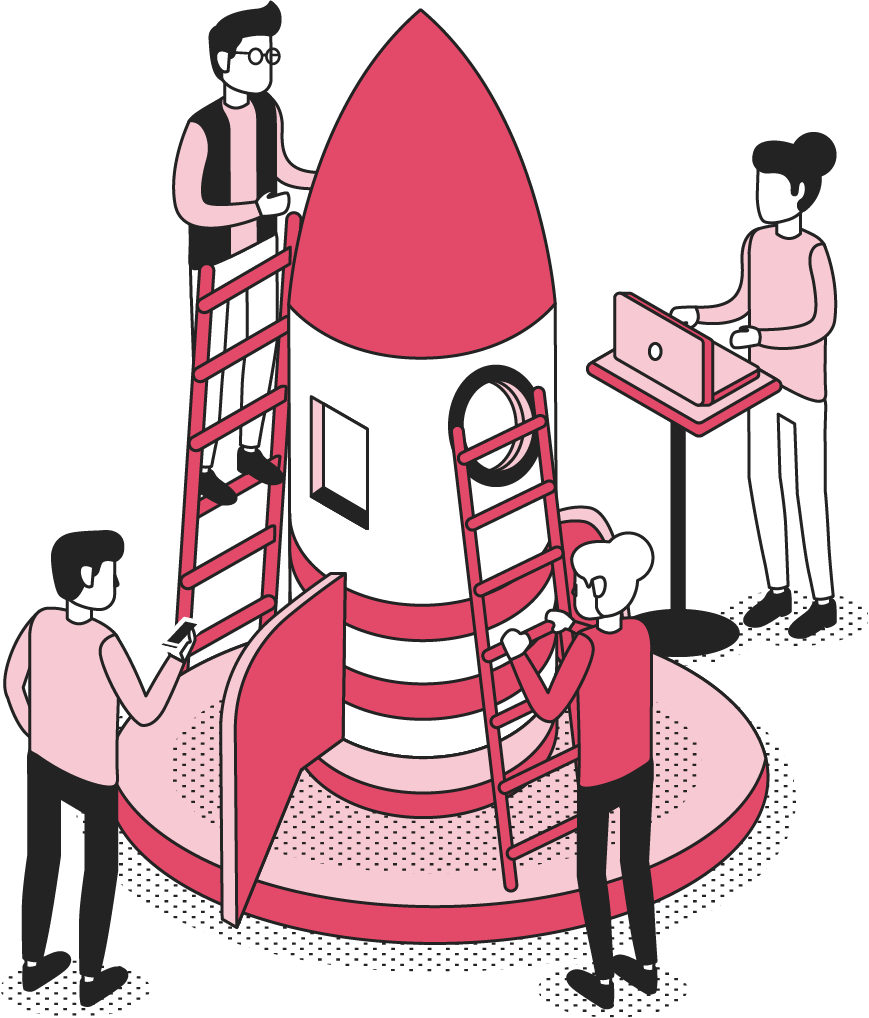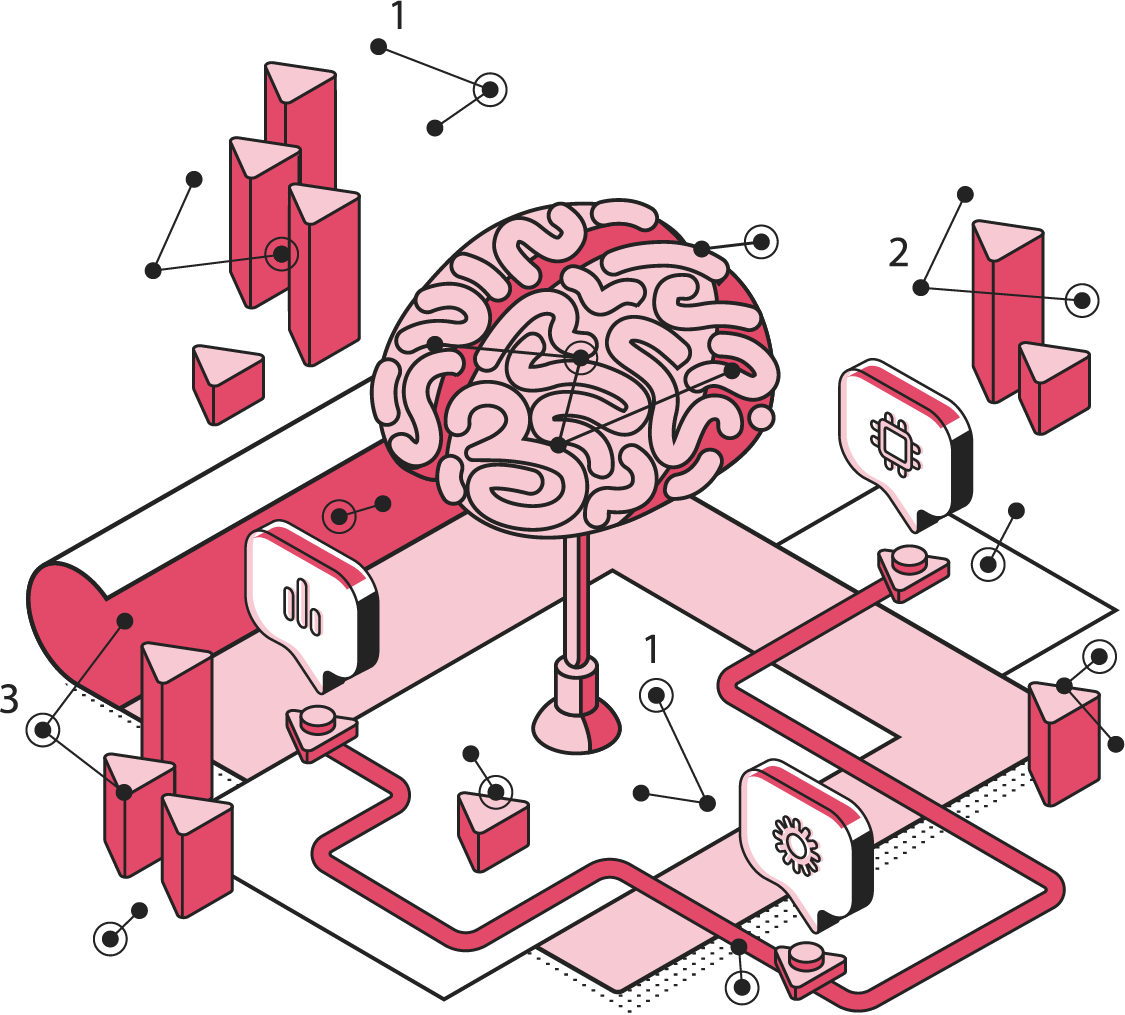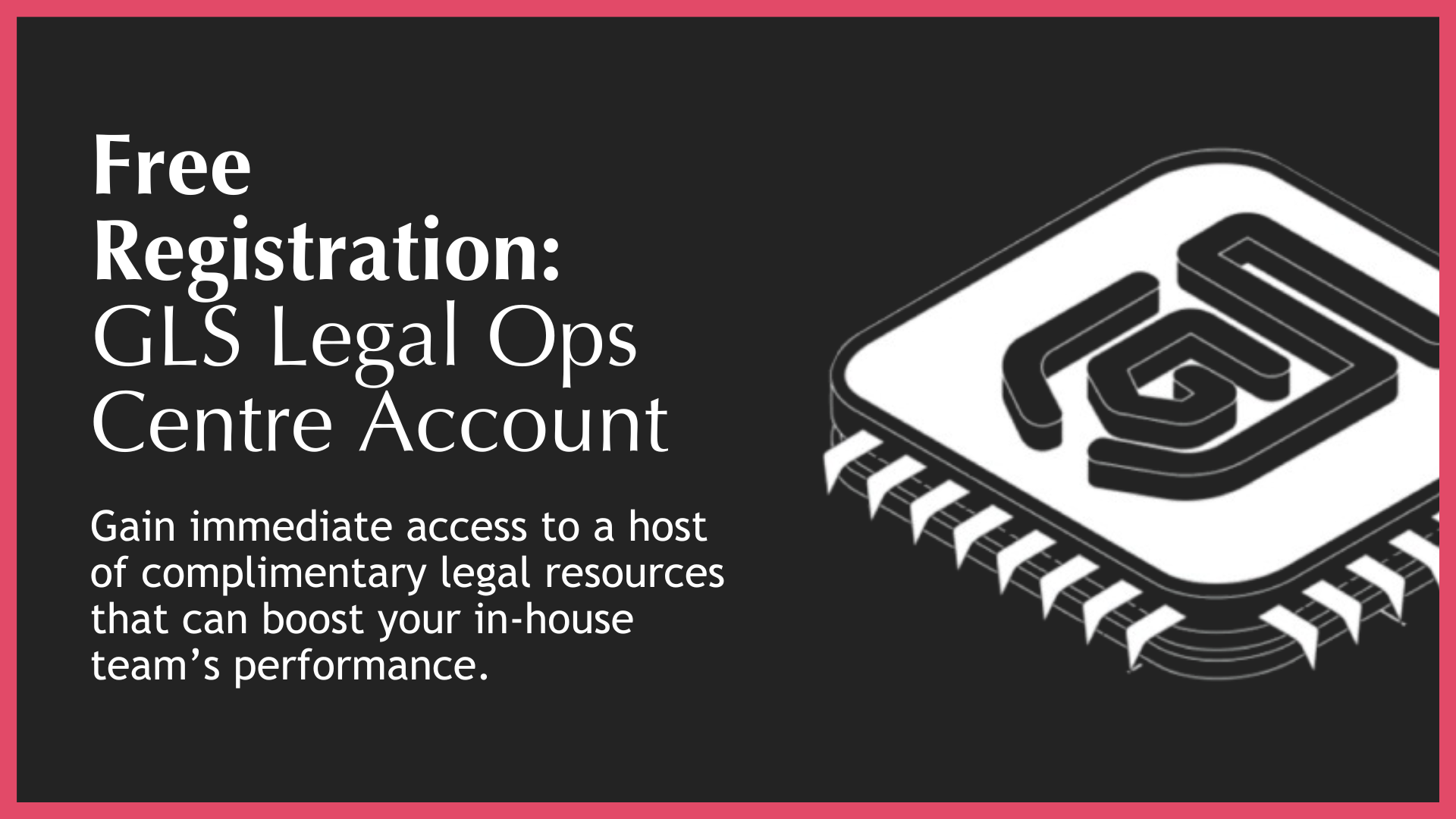The GLS Legal Operations Centre
The ultimate in-house legal department resource stack
Back
Knowledge
What Is It
The Knowledge Management (KM) Function refers to how a legal department captures, organises, shares, and leverages legal knowledge to enhance performance, reduce risk, and improve decision-making.
Historically, legal knowledge was siloed – locked in individual inboxes, personal folders, or the minds of senior lawyers. This led to duplication, inefficiency, and inconsistent legal outcomes.
Today, KM is a performance multiplier. It transforms legal knowledge into a strategic asset that can be reused, scaled, and embedded across the business. It ensures that legal insights are not lost, but leveraged – turning experience into institutional capability.
KM is the intellectual infrastructure of the legal department. It enables faster, smarter legal support and ensures continuity even as personnel change. It is the foundation of legal team agility, consistency, and quality.
Business Importance
The Knowledge Management Function is important to the Business for the following reasons:
◼️ Speed: enables faster legal decision-making and support
◼️ Consistency: ensures uniform legal positions across the business
◼️ Risk Reduction: avoids errors and omissions due to knowledge gaps
◼️ Cost Efficiency: reduces time spent on repetitive legal tasks
◼️ Continuity: preserves institutional knowledge despite staff turnover
◼️ Training: accelerates onboarding and upskilling of legal personnel
◼️ Innovation: supports legal innovation through shared insights
◼️ Business Enablement: empowers business users with accessible legal know-how
Business Value
An optimised Knowledge Management Function delivers the following value to the Business:
◼️ Faster Turnaround: reduced time to respond to legal queries
◼️Improved Accuracy: fewer mistakes due to better precedent access
◼️Scalable Support: ability to support more business units with fewer resources
◼️Reduced External Spend: less reliance on external counsel for repeat issues
◼️Enhanced Collaboration: better sharing of legal insights across teams
◼️Legal Team Confidence: improved confidence in decision-making
◼️Strategic Insight: ability to analyse past matters for future planning
◼️IP Protection: safeguards the legal department’s intellectual capital
Best Practice Features
The best practice features of an optimised Knowledge Management Function include:
◼️ KM Strategy: a documented knowledge management framework
◼️Precedent Libraries: curated and regularly updated legal templates and clauses
◼️Legal Playbooks: structured guidance for recurring legal scenarios
◼️FAQs & Guidance Notes: accessible resources for business users
◼️Matter Archives: searchable repository of past legal matters
◼️Taxonomy & Tagging: consistent classification of legal content
◼️Version Control: clear tracking of document evolution
◼️Collaboration Tools: platforms for sharing and co-authoring legal content
◼️Search Functionality: powerful search tools for quick access to knowledge
◼️KM Champions: designated personnel responsible for content curation
◼️Training Integration: KM embedded into legal training programs
◼️Feedback Loops: mechanisms to improve and update KM assets
◼️Legal Tech Integration: KM embedded into CLM, DMS, and workflow tools
Productivity Consequences
A poorly optimised Knowledge Management Function will give rise to the following inefficiencies:
◼️ Duplication of Effort: repeated work on similar legal issues
◼️Inconsistent Advice: conflicting legal positions across the business
◼️Slow Response Times: delays in legal support due to lack of precedents
◼️Loss of Know-How: critical knowledge lost when staff leave
◼️High External Spend: unnecessary outsourcing of routine matters
◼️Low Morale: frustration among legal staff due to inefficiencies
◼️Training Gaps: longer ramp-up times for new legal hires
◼️Poor Tech ROI: underutilisation of KM features in legal tech tools
Tech Implications
Knowledge Management is highly tech-enabled, with key interventions including:
◼️ Document Management Systems (DMS): centralised repository for legal content
◼️Searchable Precedent Libraries: indexed and tagged templates and clauses
◼️Collaboration Platforms: tools for sharing and co-authoring legal documents
◼️Legal Wikis & Portals: internal knowledge hubs for legal and business users
◼️AI-Powered Search: intelligent search tools for faster access to relevant content
◼️KM Dashboards: visibility into usage and gaps in legal knowledge assets
◼️Template Automation: integration with document automation tools
◼️Feedback Tools: mechanisms for users to suggest improvements
Tech is only as good as the content it supports – KM must be actively curated, not passively stored.
What Next?
Explore the critical enablers of a high-performing Knowledge Management Function via the GLS Legal Transformation Tube Map.
Visit the next station: Knowledge Plan
Or return to the overall GLS Legal Transformation Tube Map.
The GLS Legal Operations Centre contains everything you need to build a scalable, high-impact KM function – or contact GLS to book a consult and we’ll help you turn your legal knowledge into a strategic asset.

The GLS Legal Operations Centre
Register to access your complimentary Day 1 Resource Stack packed with legal team performance resources.

GLS Ultimate Guide To Legal Operations
Download this and read it thoroughly and regularly. It is a wonderful transformation companion.

Book A No-Obligation Consultation
If you would like discuss your legal transformation needs, please book a 30 minute free consultation with us.

GLS Legal Transformation Boot Camp
Our hugely successful, 10-week long, email-based boot camp on how to effectively transform your legal team.




